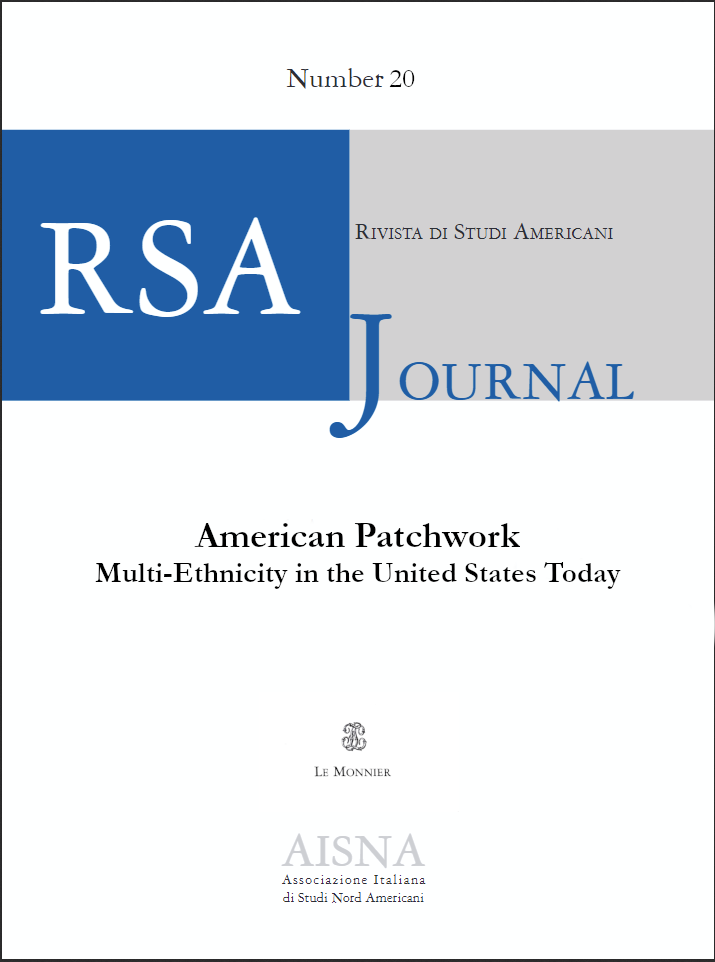“The Foreigner’s Home” and the Racial Self
Toni Morrison, the Body, and the Seduction of Writing
DOI:
https://doi.org/10.13135/1592-4467/8661Keywords:
the self, otherness, identificationAbstract
Recent trends in contemporary African American theory emphasize the problematization that affects the debates centered on the self. Theorist Deborah McDowell, in particular, underlines the difficulty “to posit a ‘positive’ black self, coherent, stable and above all known.” Not surprisingly she identifies Toni Morrison as the writer who can beautifully meet the challenge. Few writers can in fact accomplish the difficult task of blurring the boundaries created by the opposition self/other, familiar/foreign as Morrison does. The story “Stranger” published in 1998 (The New Yorker) followed by the spectacular program “The Foreigner’s Home” that she put on at the Louvre in 2006, are eloquent examples of how Morrison plays with these notions, endlessly mixing and identifying us as “others” to ourselves. Moving from the traditional metaphor of survival and shelter, she connotes the idea of “home” as something essentially ambiguous and at times threatening: a place of estrangement that becomes the necessary space of engagement. Robert Bergman’s haunting portraits, with the intense feeling of “otherness” they convey, offer the author/narrator of “Stranger” the occasion to tell the story and to relocate herself. Only the contact with a stranger can in fact teach her how to survive in a new landscape of identification.
Downloads
Published
Issue
Section
License
RSAJournal will apply a CC BY 4.0 license to all its contributions starting with issue 37 (2026). Previous issues are licensed under a CC BY-NC-ND licence.





